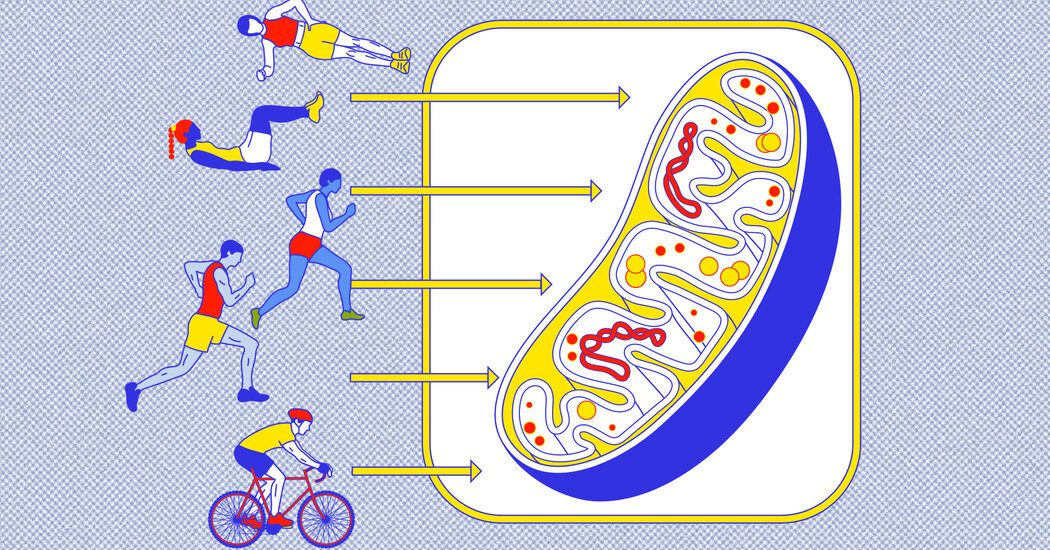
In 2023, Dr. Peter Attia, a physician and podcaster, made waves by releasing his influential book on longevity titled "Outlive." This publication introduced the concept of "Zone 2" training, a method that focuses on prolonged, moderate exercise, to a broader readership. Dr. Attia argues that this form of exercise is vital for maintaining metabolic health, challenging the past decade’s trend towards high-intensity interval training (HIIT).
While the principle of steady-paced workouts isn’t new, Dr. Attia and other advocates of Zone 2 training infuse it with a modern biohacking perspective. It’s not merely about casual activities like leisurely biking; it involves sustaining a specific intensity level that strikes a balance—not too easy and not overly strenuous.
Followers of Zone 2 training advocate that dedicating several hours each week to this intensity can help prevent chronic illnesses, including type 2 diabetes and heart disease. However, some researchers in the field of metabolic health are skeptical, questioning whether such a narrow focus on this method is essential.
Understanding Zone 2 Training
The excitement around Zone 2 training stems from the research of Dr. Iñigo San Millan, a professor at the University of Colorado School of Medicine. A former pro cyclist, Dr. San Millan has significant experience training athletes, including Tadej Pogacar, a three-time Tour de France champion, alongside his extensive academic pursuits.
Through his work with cyclists, he developed a classification system featuring six distinct training zones, which consider the type of energy your muscles use at different exercise intensities. In the most accessible zone, such as a brisk walk, fat is predominantly the fuel source.
As you exert more effort, fat burning increases—but only to a certain threshold. Once you surpass this level of exertion, your body shifts to burning more carbohydrates and reduces fat utilization. Furthermore, as lactate levels rise in the bloodstream—an indicator of muscle fatigue—Dr. San Millan notes that “an interesting shift occurs” at this metabolic turning point.









